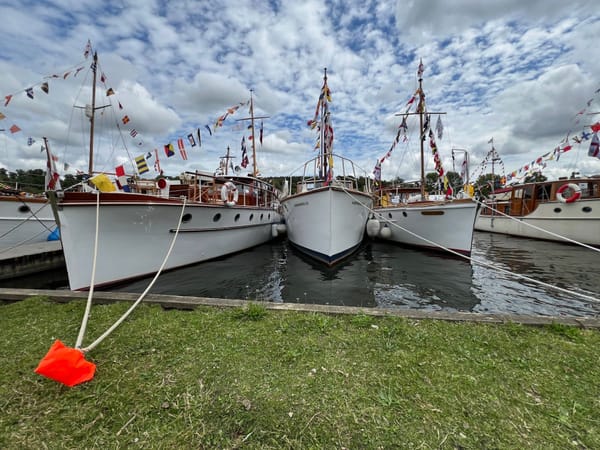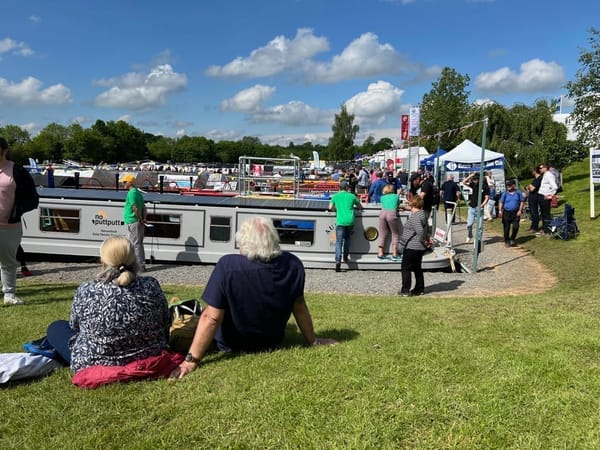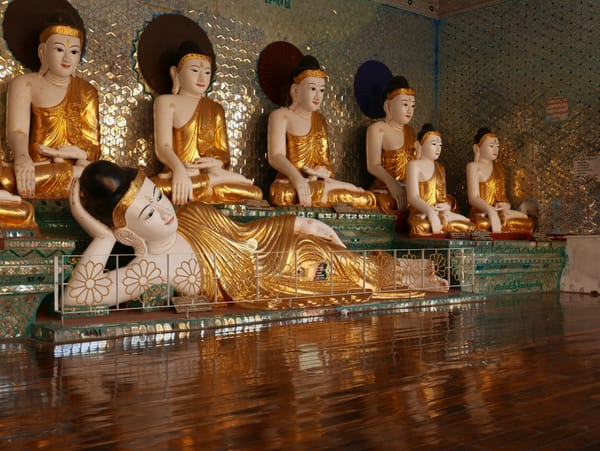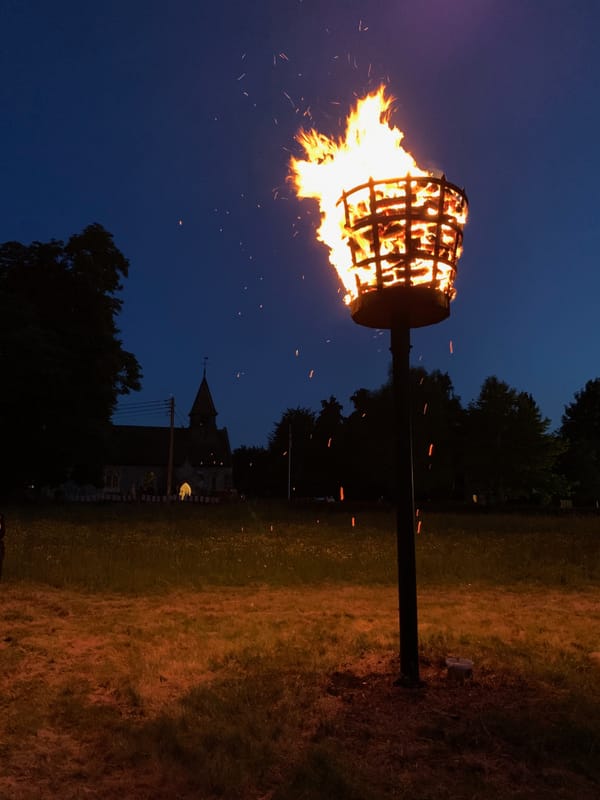Singapore — Fort Siloso, Sentosa (Pulau Blakang Mati), Singapore
A look around Fort Siloso, Singapore
June 2015
Fort Siloso, Singapore, is located on the western tip of Sentosa Island.
Sentosa Island was called Pulau Blakang Mati, which is Malay for “Those who die behind” — it is believed this is derived from a malaria outbreak on the island in the 1830/40s that killed numerous inhabitants.
Fort Siloso is the oldest military structure on the island and covers an area of 4 hectares (10 acres). The British built the fort in the 1880s to guard the western entrance to Keppel Harbour. The fort was strengthened in the 1930s and was active during the Battle for Singapore in 1942, with the guns redirected to fire inland toward the invading Japanese forces.
During the Japanese Occupation, the fort was used as a prisoner of war camp and returned to the British in 1945. The fort was handed over to the Singapore Maritime Command and the Singapore Armed Forces in 1967.
In 1972, it was decided to re-develop the island for recreational purposes, and Pulau Blakang Mati was renamed Sentosa, and the fort was decommissioned to become a tourist attraction.
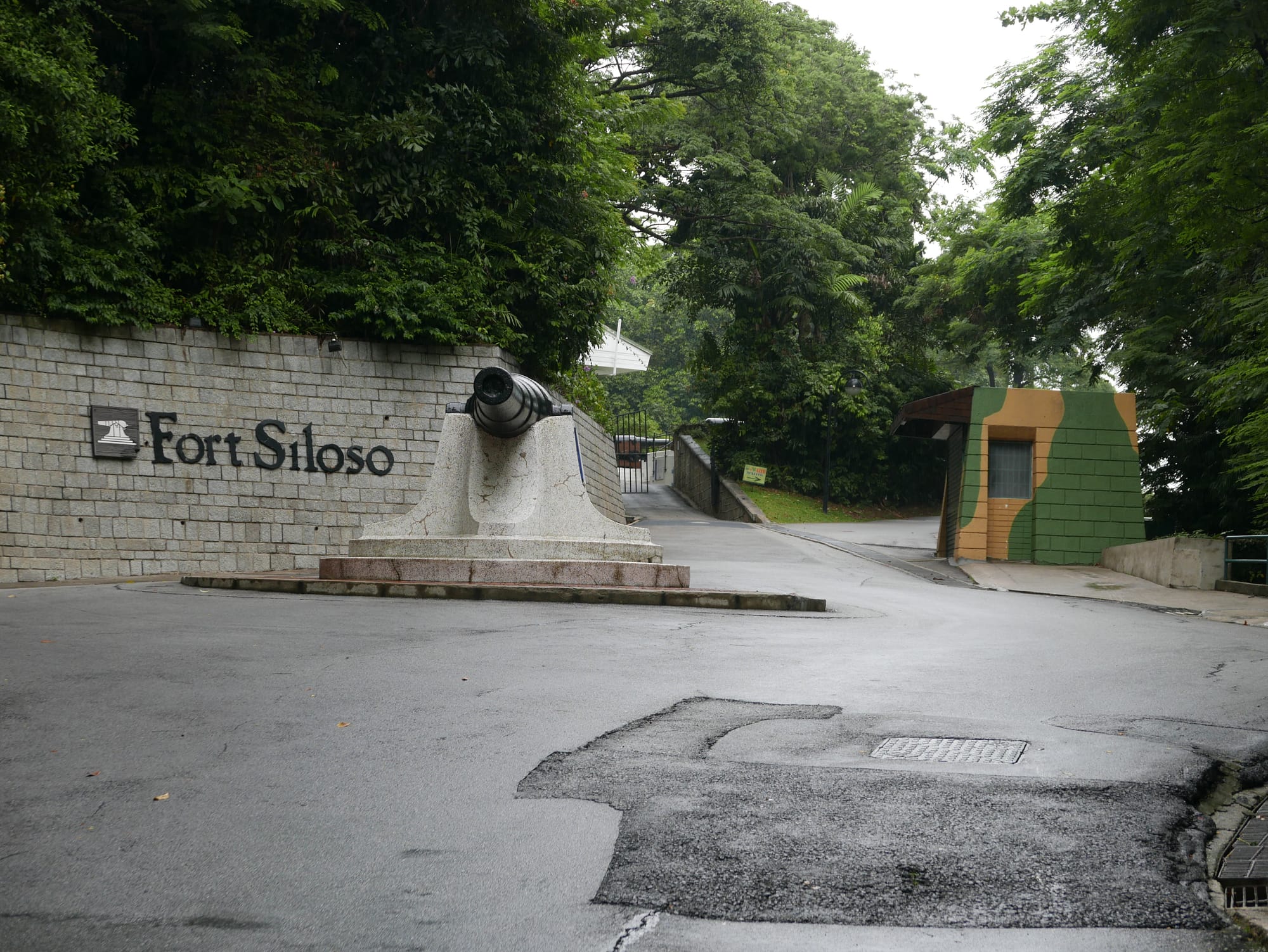
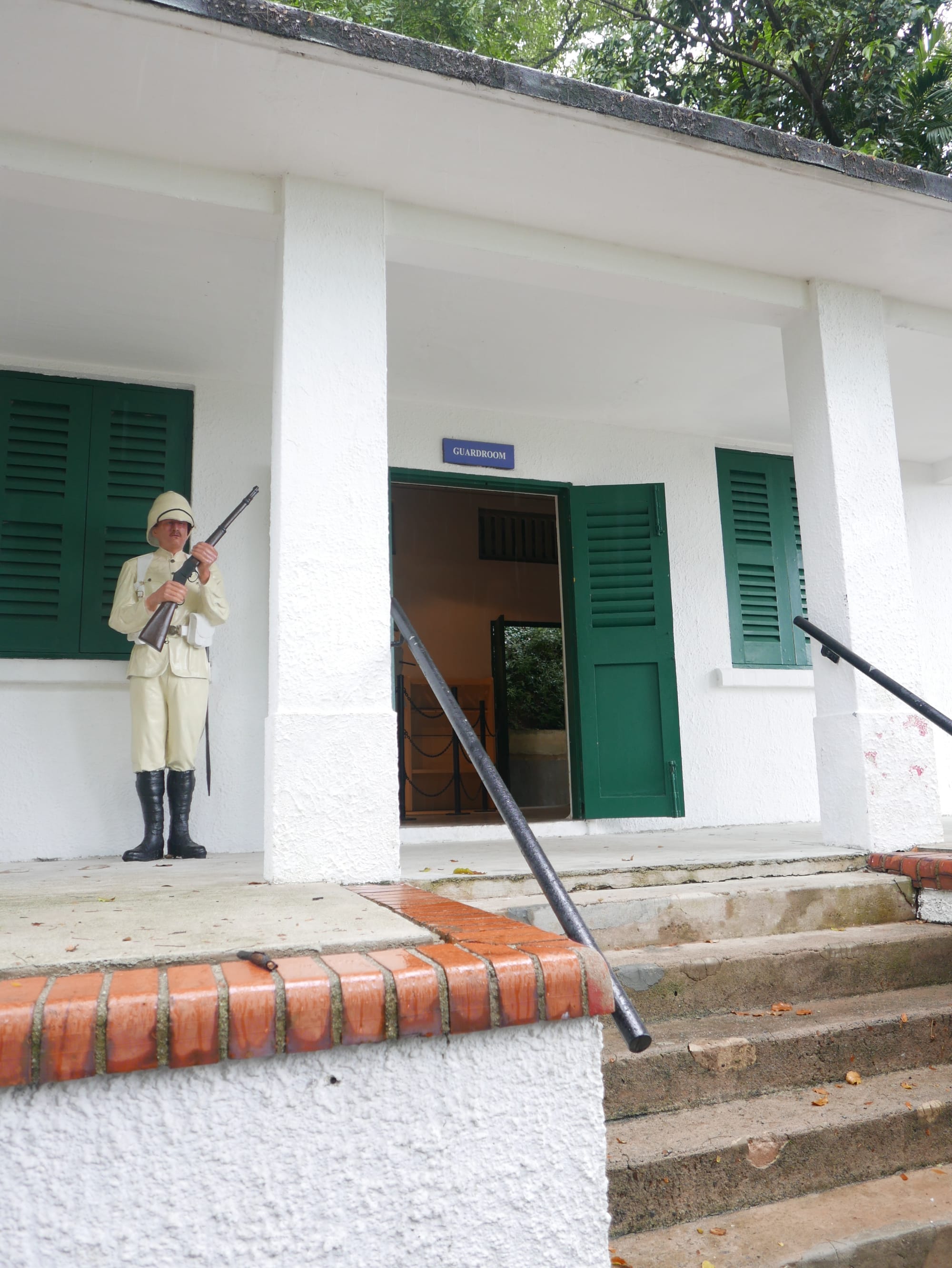
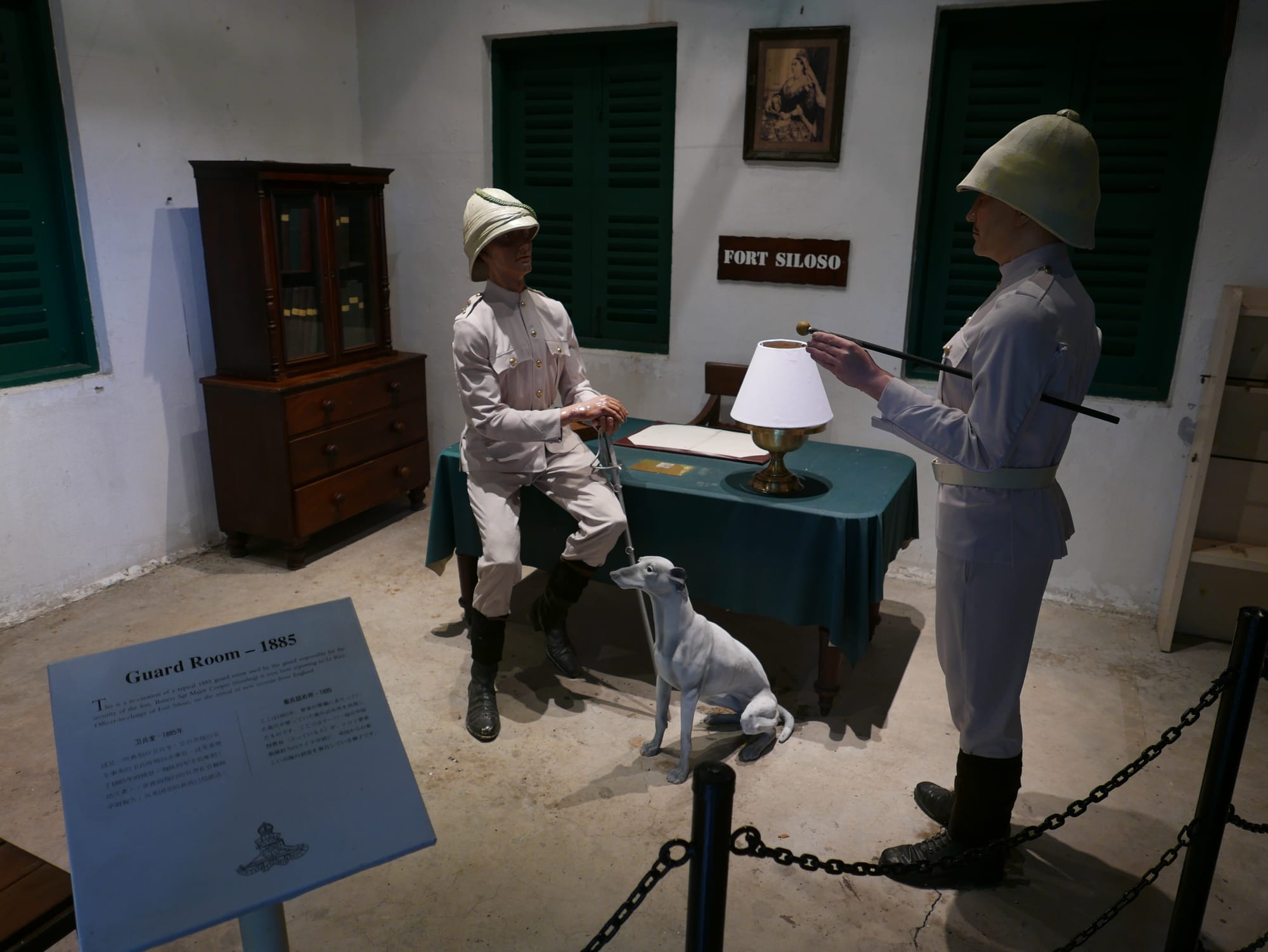
One problem with the site, or an advantage of the site, is the elevated ground. But, the elevation meant the movement of heavy items, such as guns, was difficult. The British Army used ‘parbuckling’ to solve the problem. 'Parbuckling' involves using sledges with wooden rollers, planks, ropes, and blocks and tackle to drag the heavy loads up slopes.
The tripod at the top of the hill (visible in the photo below) is called a gyn and incorporates a windlass. The gyn was used to haul the loads up the slope and move the guns into their final positions. At Fort Siloso, this work was carried out by the Royal Artillery and Royal Engineers, with the help of the local workforce.
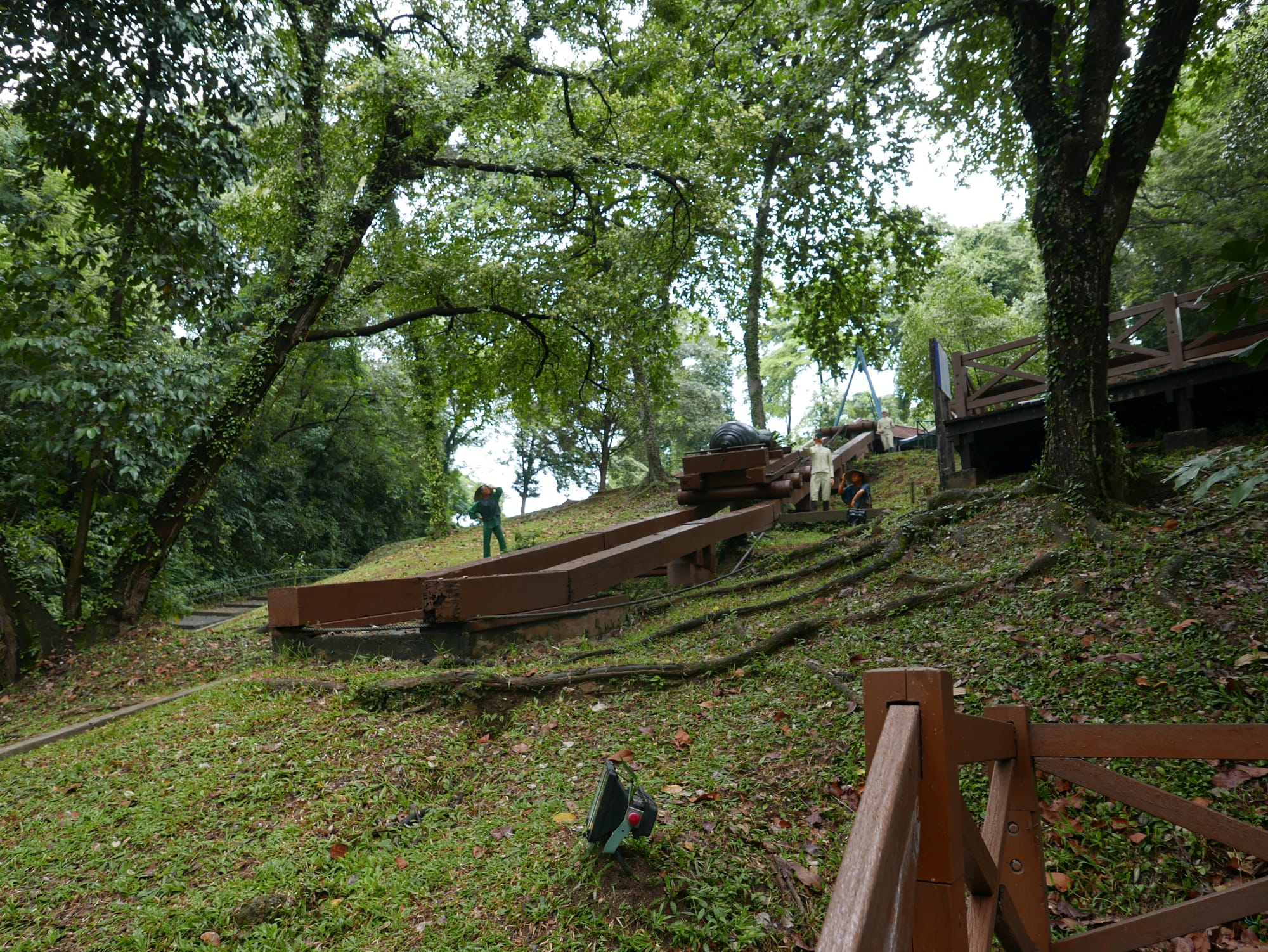
Fort Siloso has a museum with several displays showing the conditions in which the troops were shipped out and how the fort was initially set up.
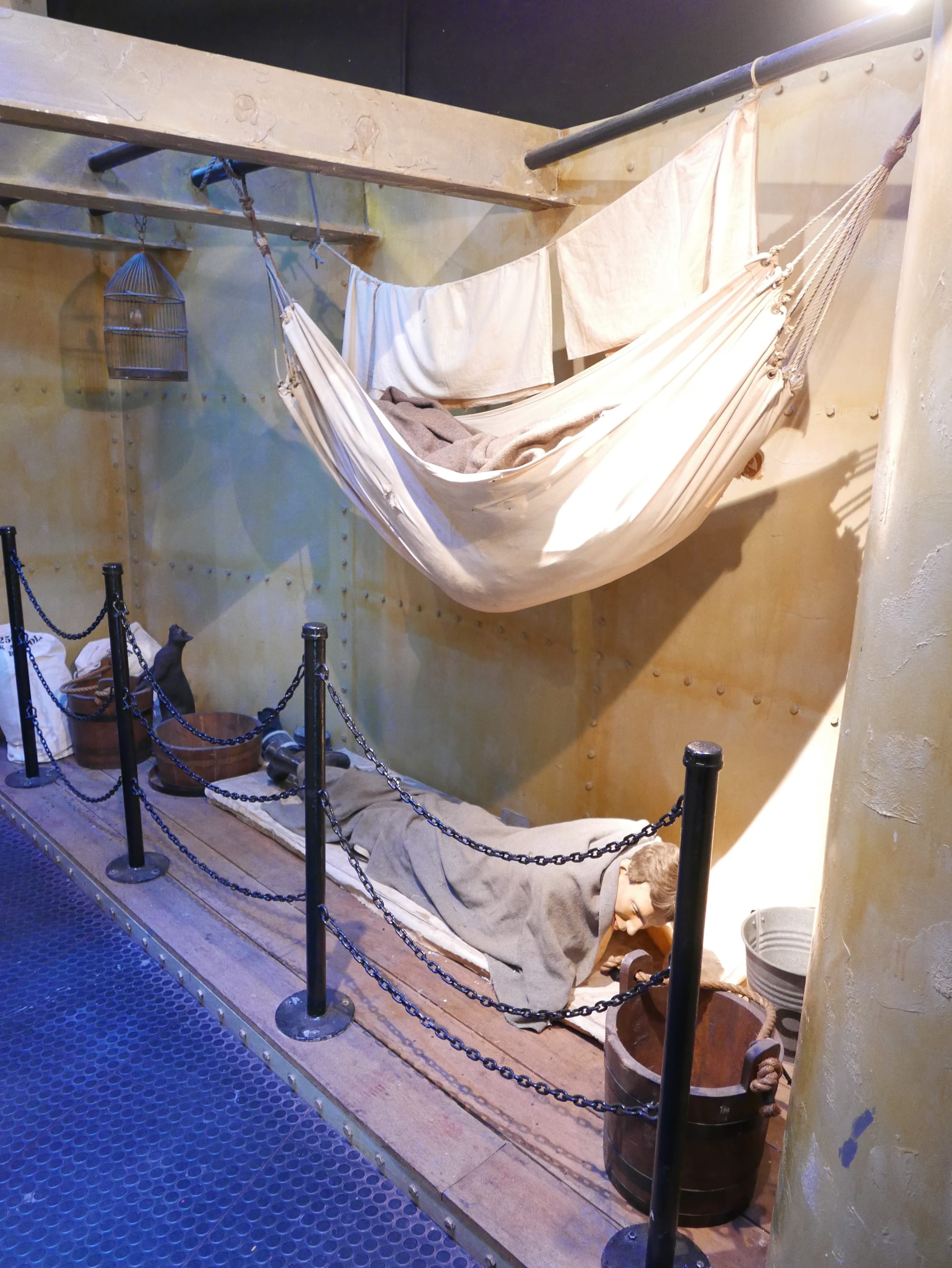
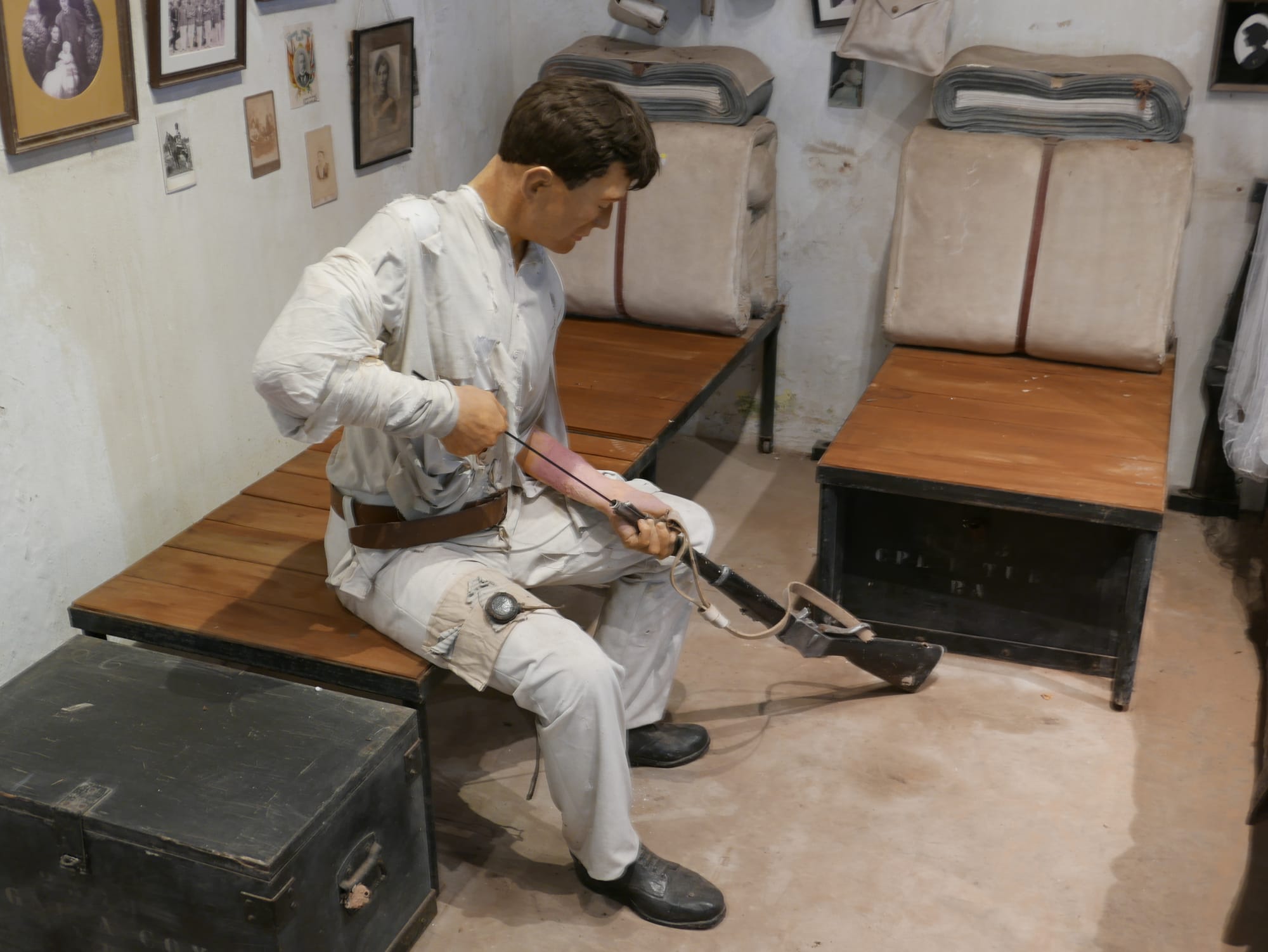
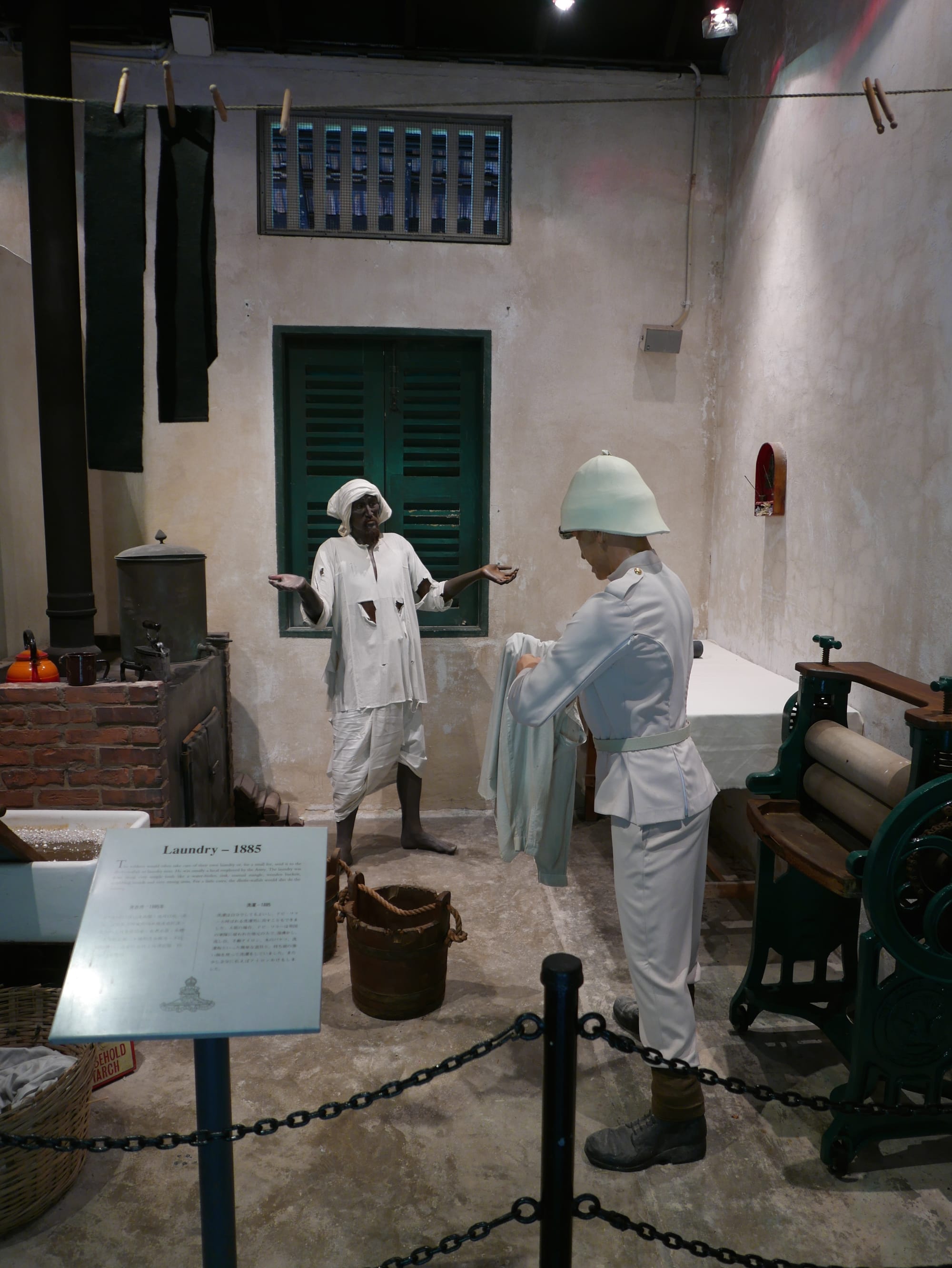
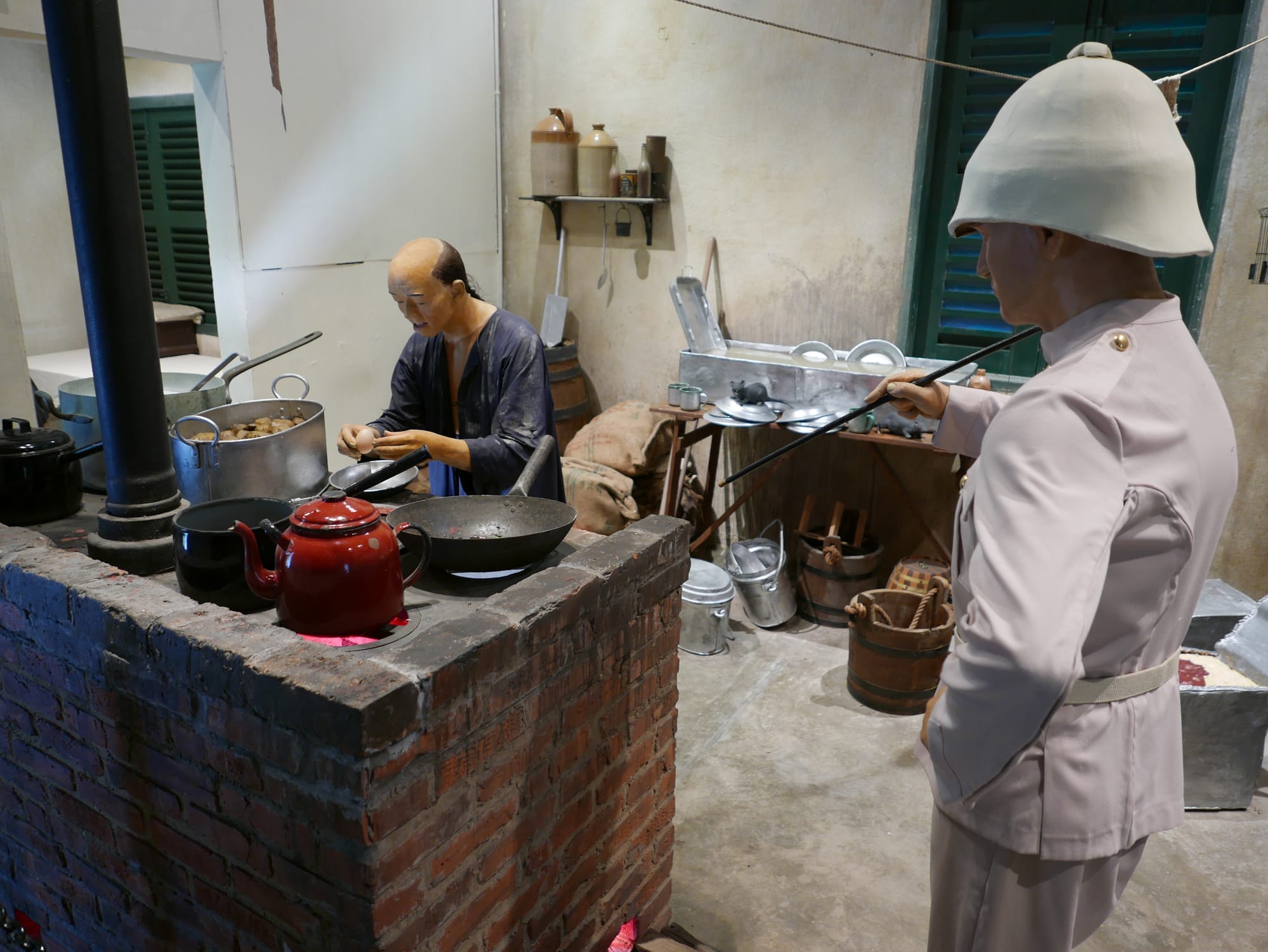
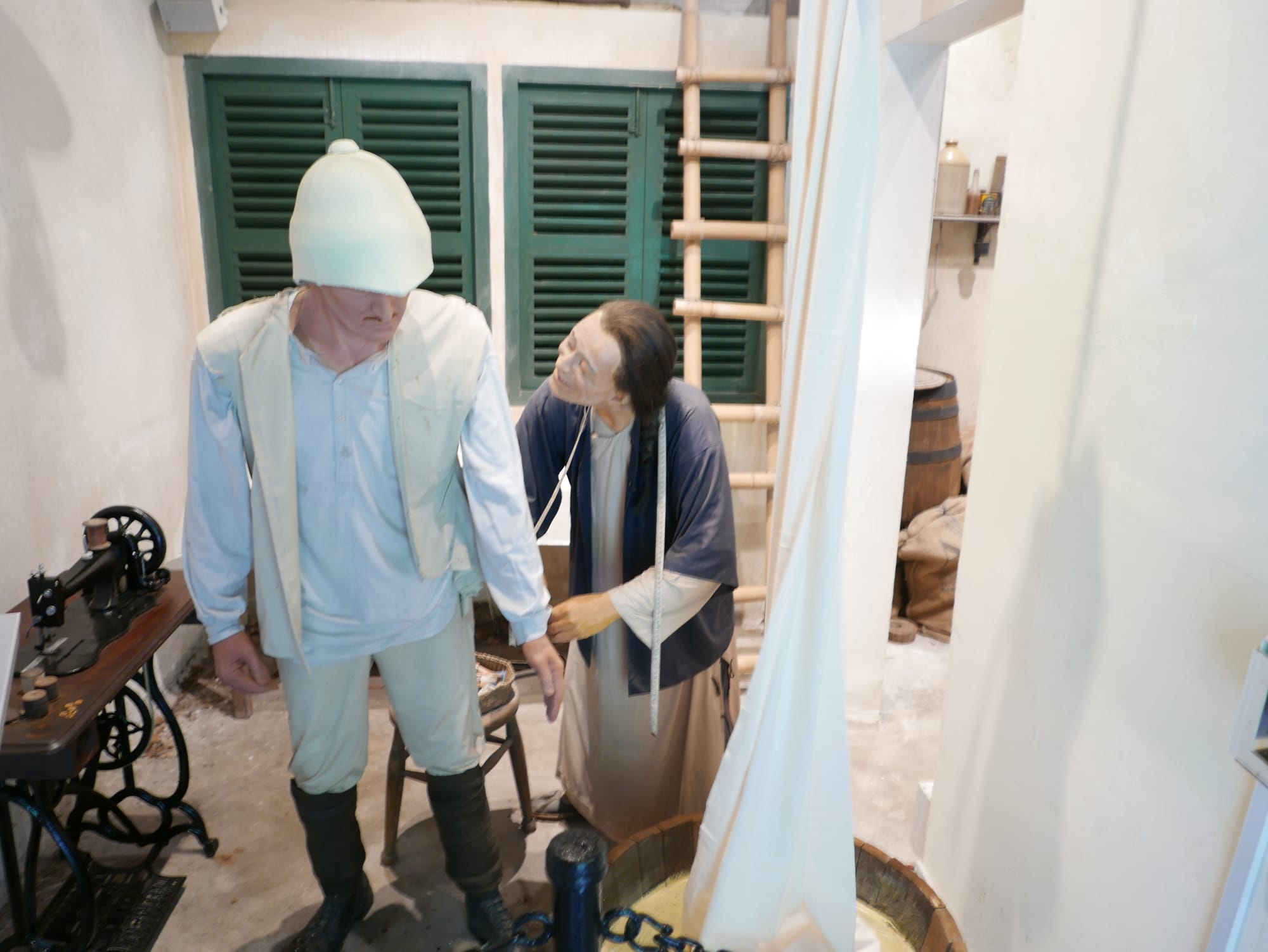
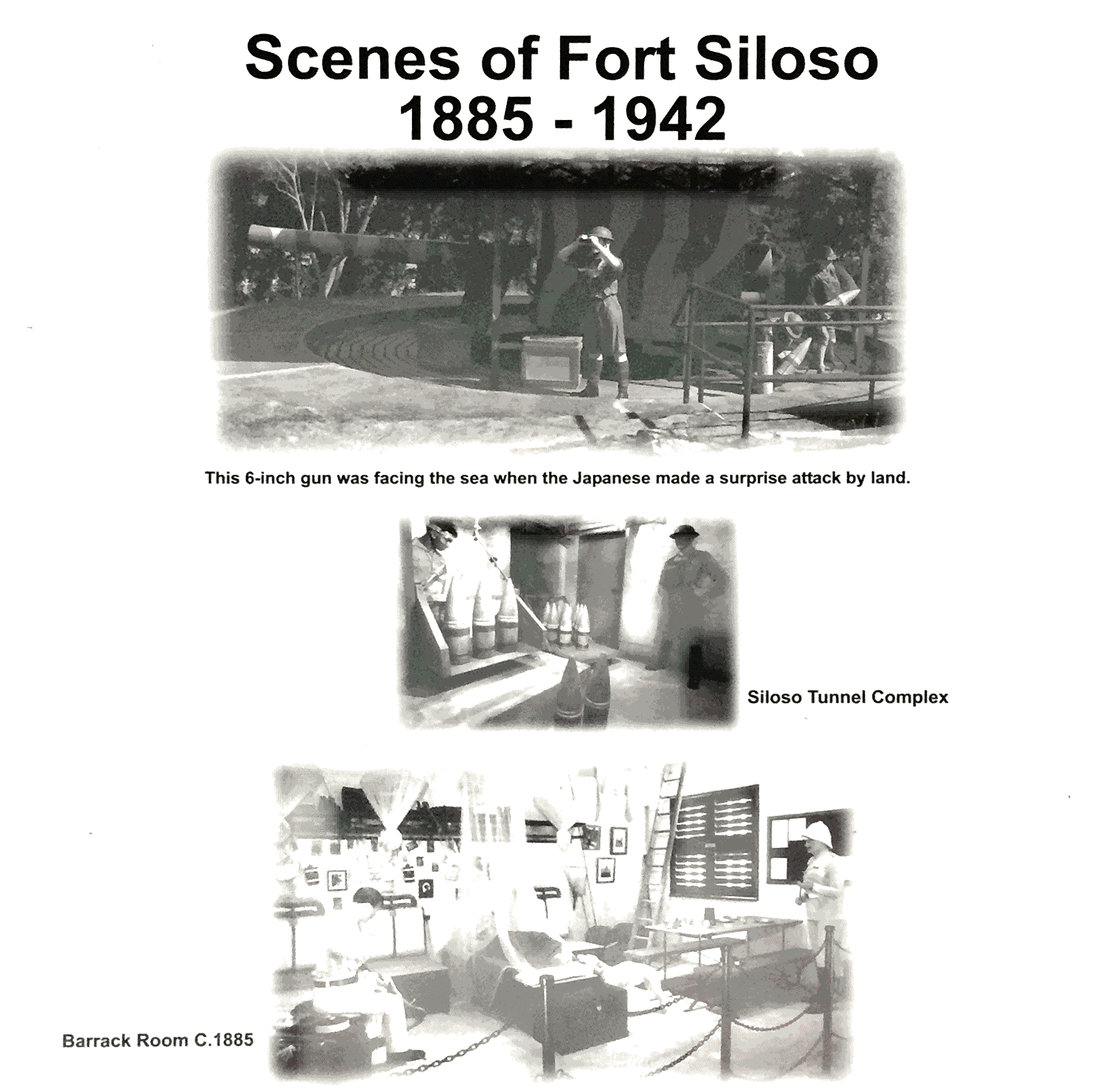
Fort Siloso did see action in World War II. The Japanese heavily bombed the fort, and the 6-inch guns at the fort fired on Japanese forces in the West Coast Road area of Singapore. Guns from the fort also sank a Japanese troop ship attempting to enter the harbour. And they were used to destroy a British oil facility so the Japanese couldn’t use it. Hence, the famous myth that the fort did not participate in the Battle of Singapore is wrong.
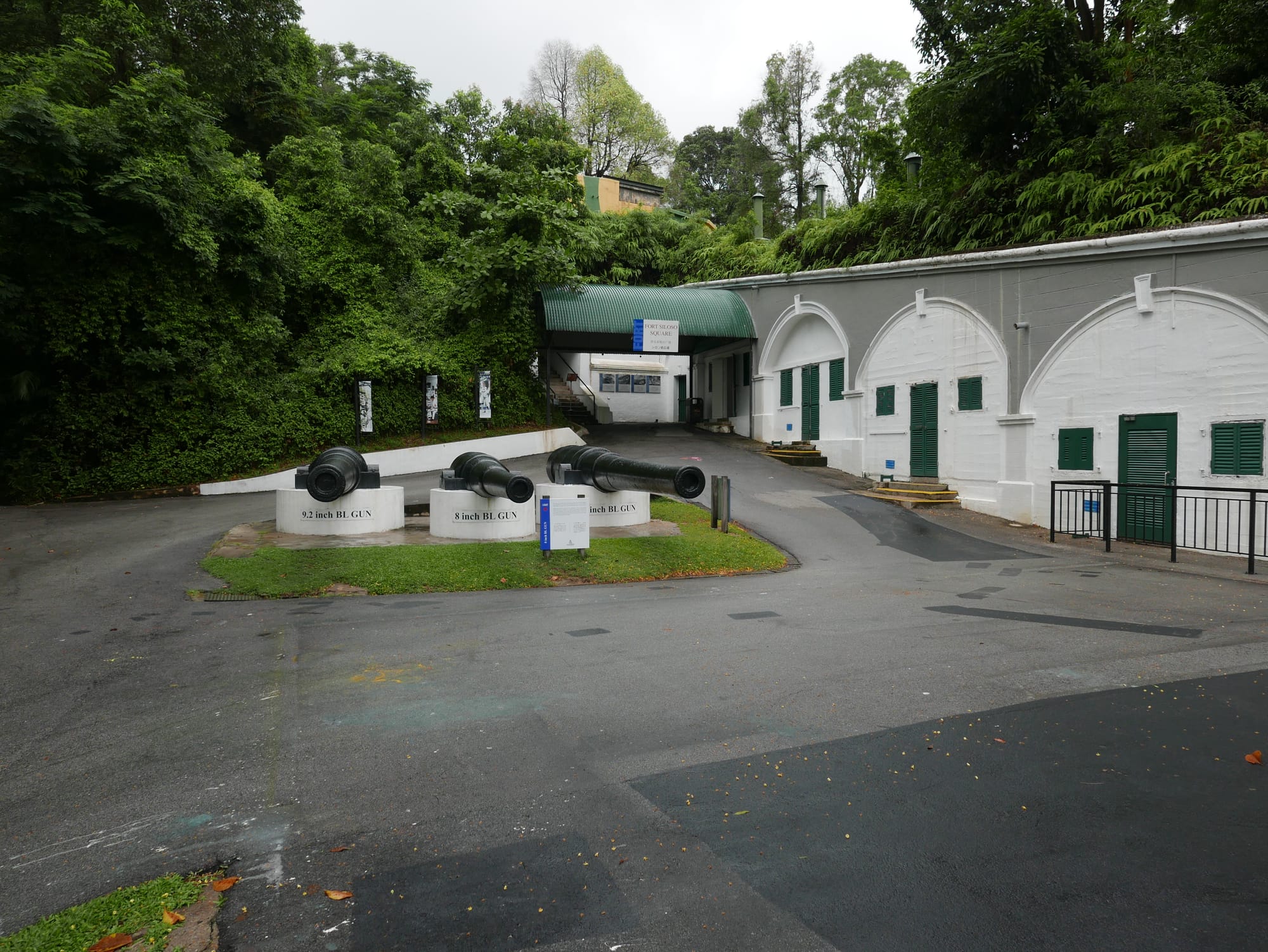
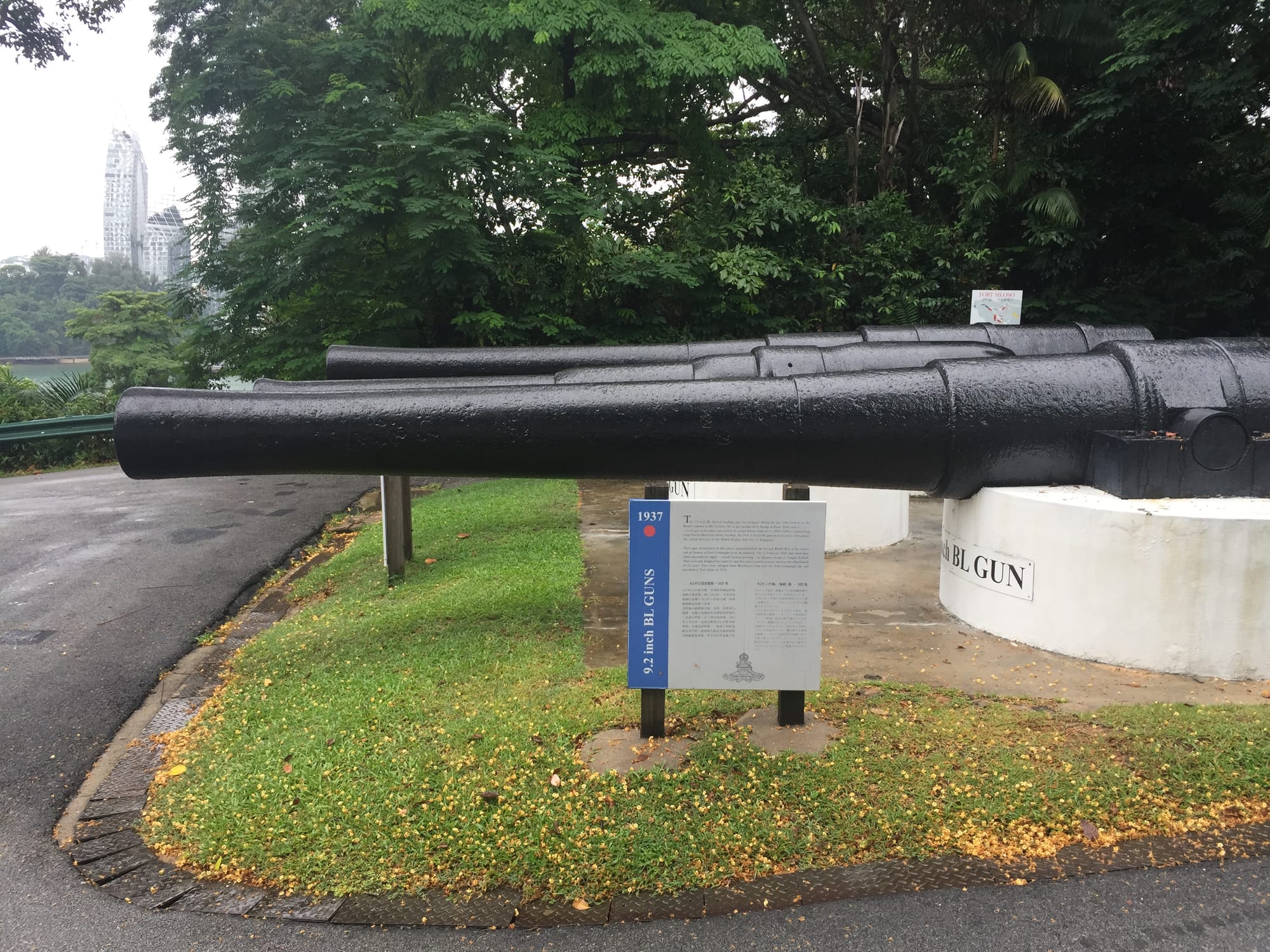
The photos above show two 9.2-inch breech-loading guns originally at Fort Connaught on the eastern end of Sentosa Island. On the 13th of February 1942, they fired their entire ammunition supply (mainly armour piercing) at Japanese troops at Tengah Airfield.
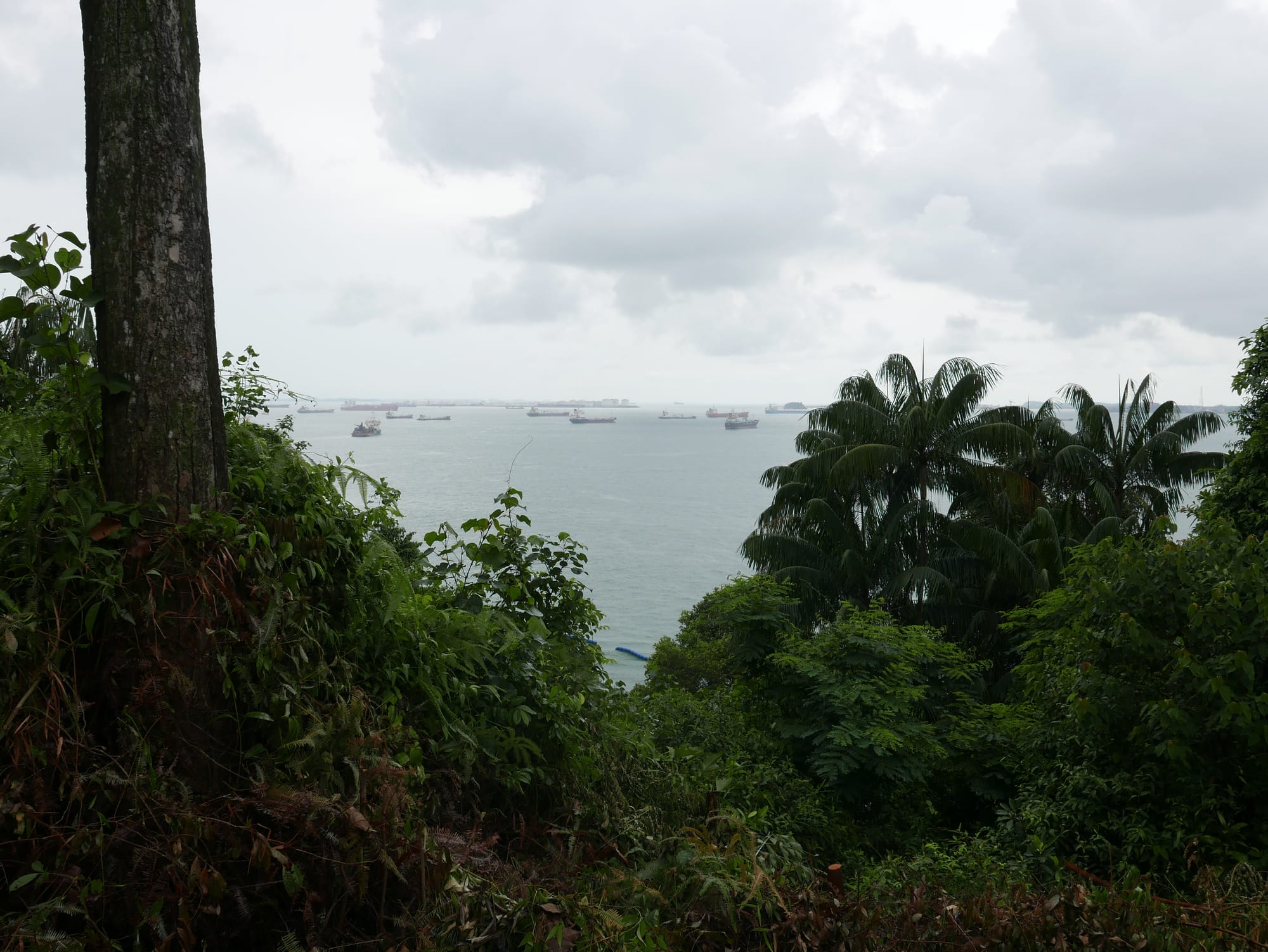
During the Fall of Singapore, the city was ablaze from the heavy bombing by the Japanese and also as a result of the British destroying fuel stores, guns, and anything the invaders could use. The harbour was full of ships evacuating European women, children and non-essential military personnel.
One remarkable story from that period is that of Private Arnold Watson, which is recorded in the fort.
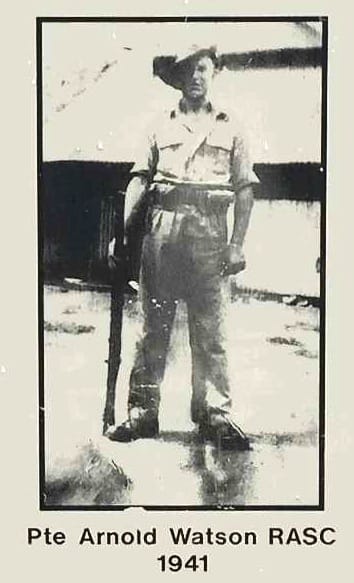
Private Arnold Watson was serving in the Royal Army Service Corps (RASC) and had retreated from Malaysia to Singapore. On the eve of the British surrender, he and 20 other soldiers left Fort Siloso in a small boat and headed for Sumatra. Unlike several other boats and ships, they managed to avoid Japanese bombers and warships in the Sumatra Channel.
Once in Sumatra, Pte. Watson continued the fight but eventually had to flee with 400 other soldiers, in an old Chinese wooden riverboat, across 3,000 miles (ca. 4,800 km) of the Indian Ocean to Sri Lanka (or, as it was called then, Ceylon).
A remarkable story.
The fort also contains a display showing the surrender of the British forces to the Japanese troops at the Ford Motors Boardroom on the 15th of February 1942.
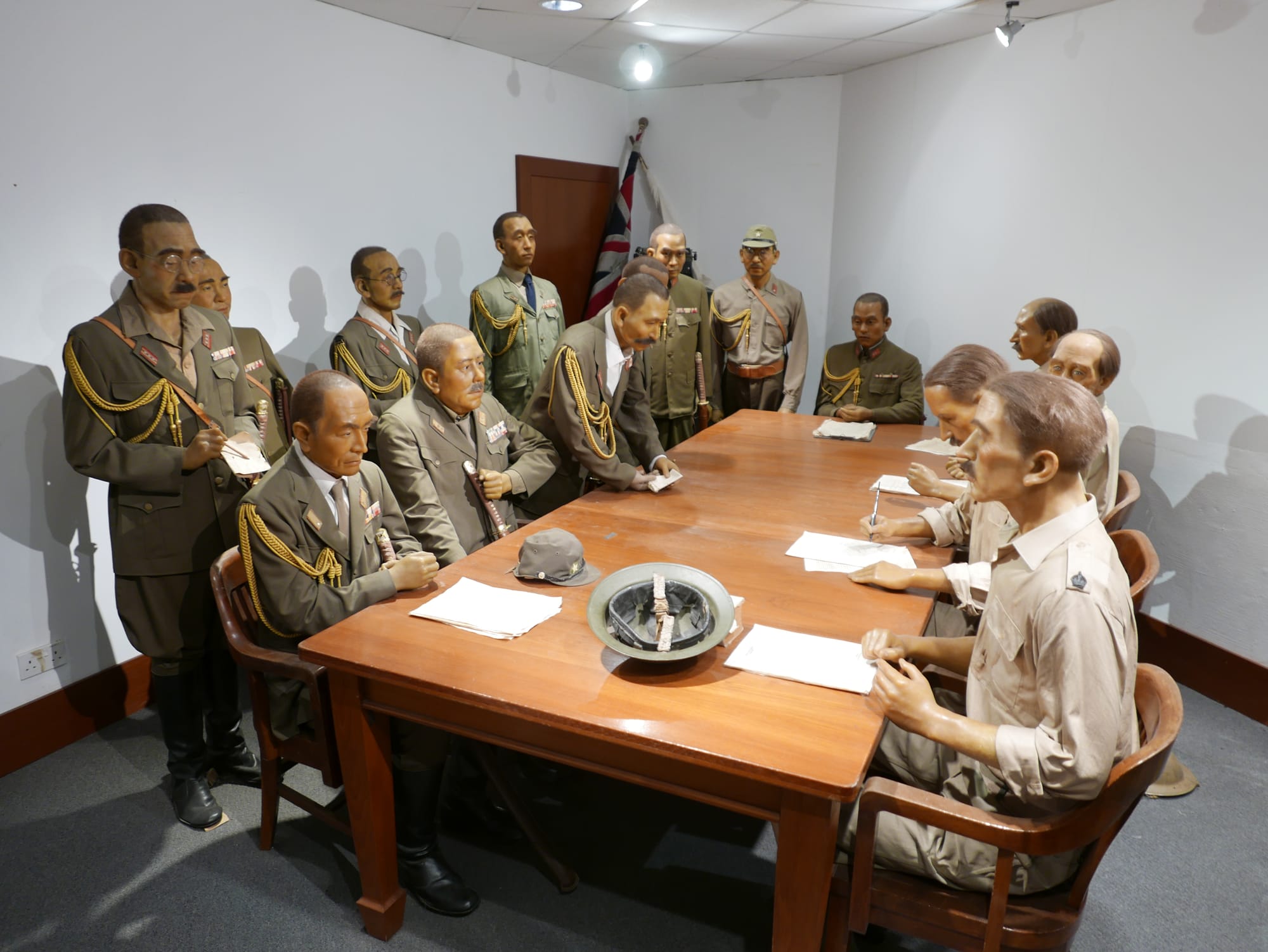
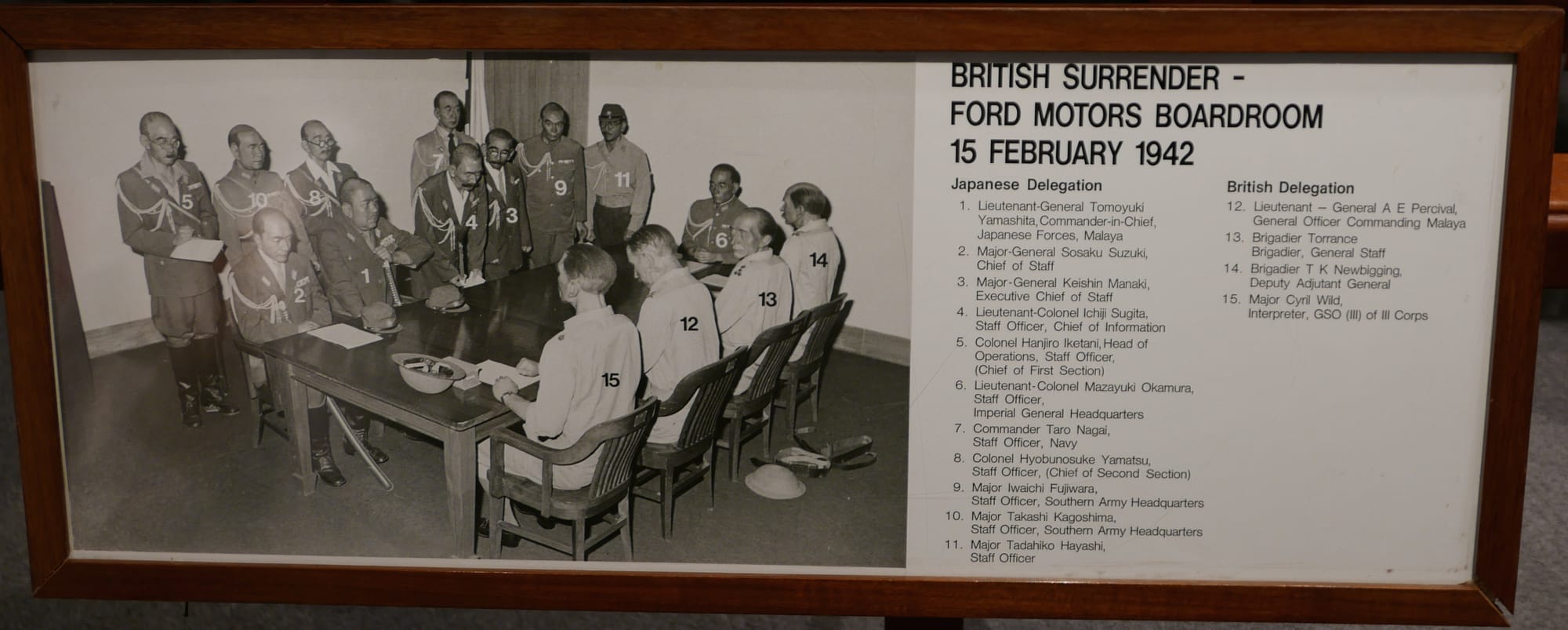
Just along the corridor from the British surrender in 1942 is an exhibit showing the Japanese surrender onboard the heavy cruiser HMS Sussex on the 4th of September 1945.
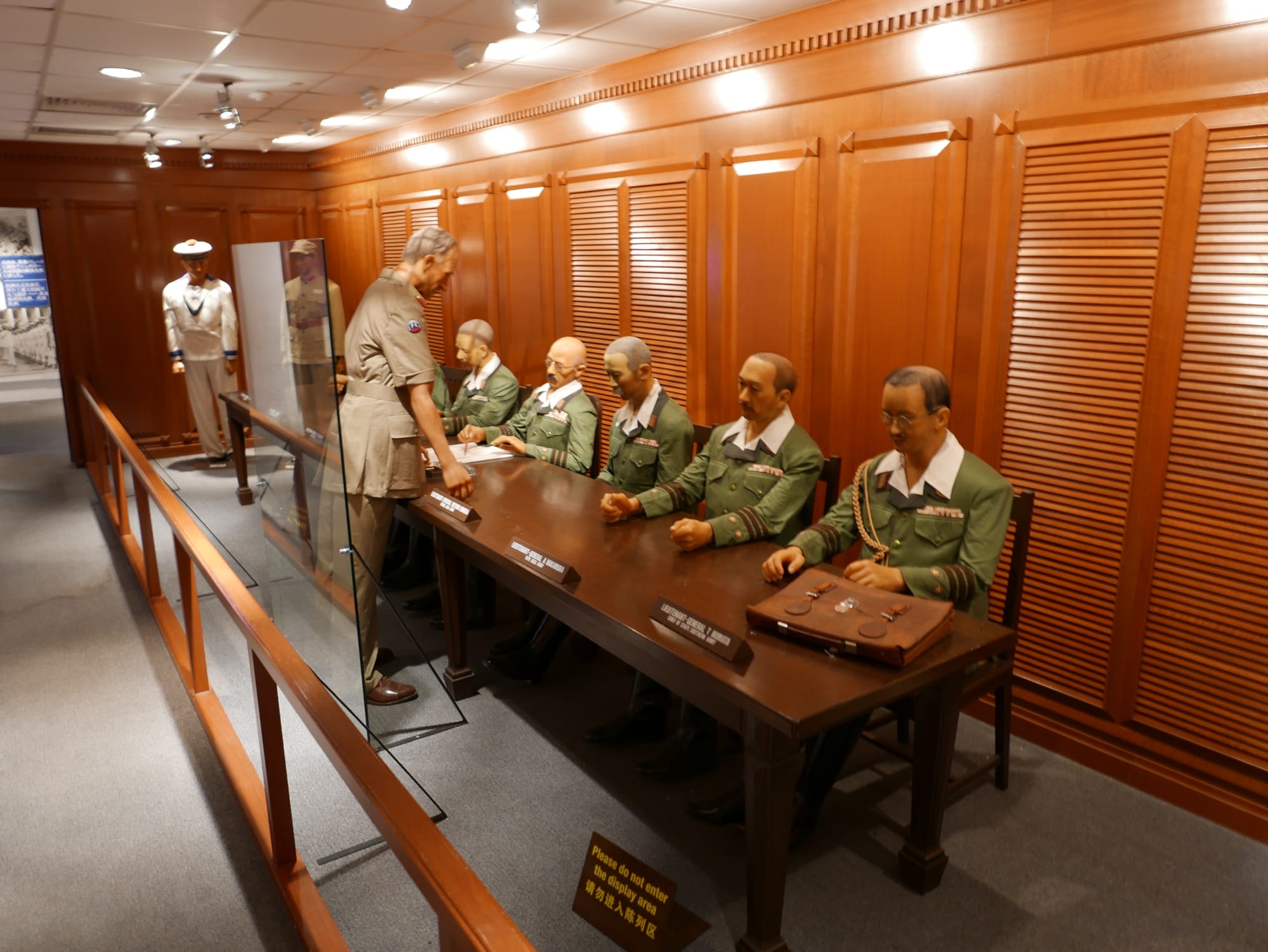
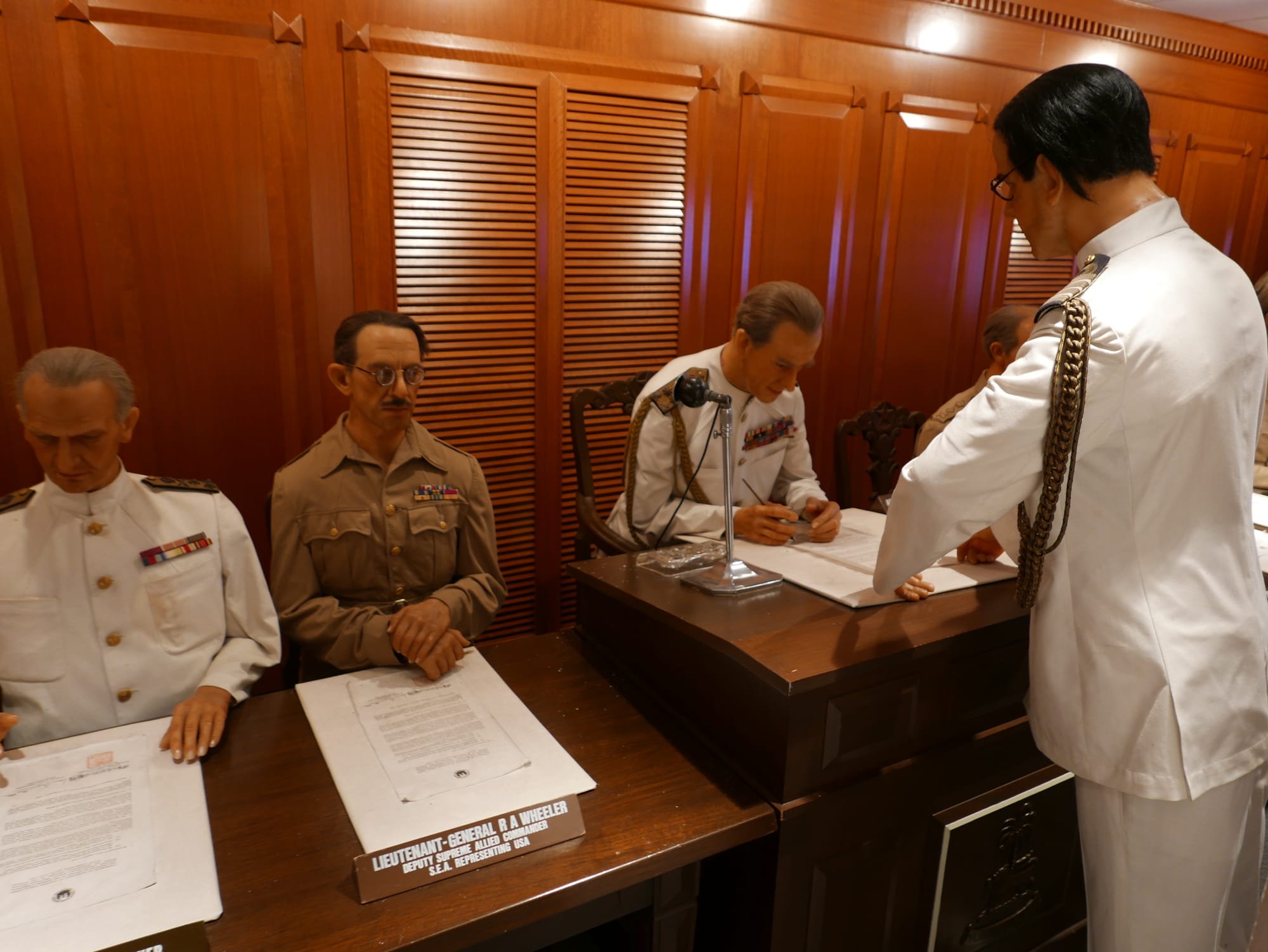
Fort Siloso is an interesting place to visit as it covers much of the island’s history and offers much more than shown in the above photos. The material on the Second World War was fascinating.
